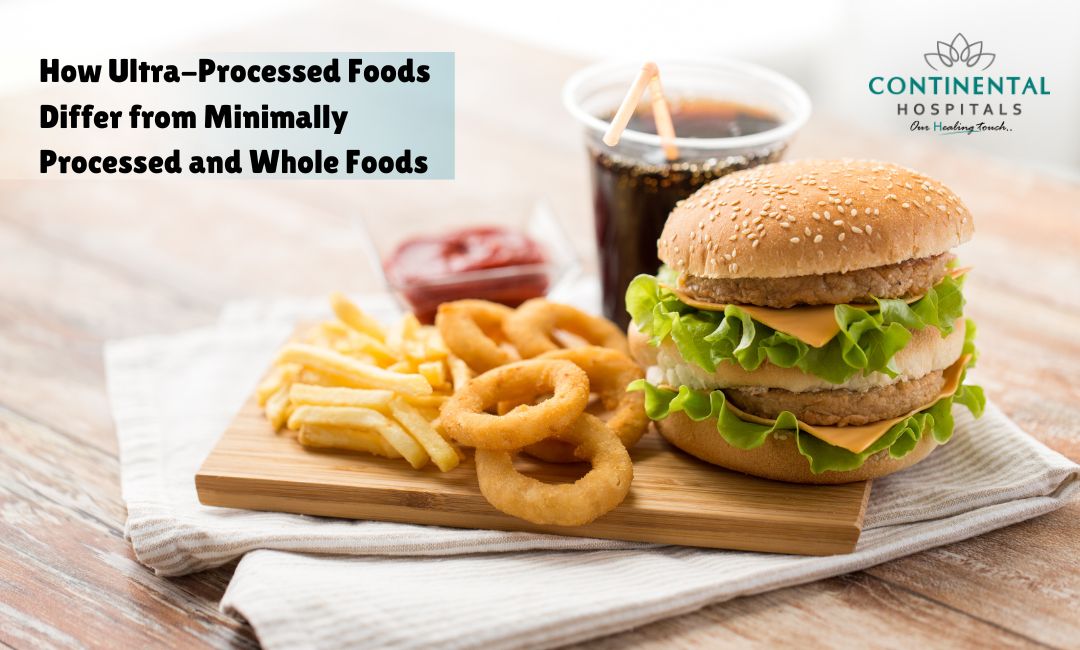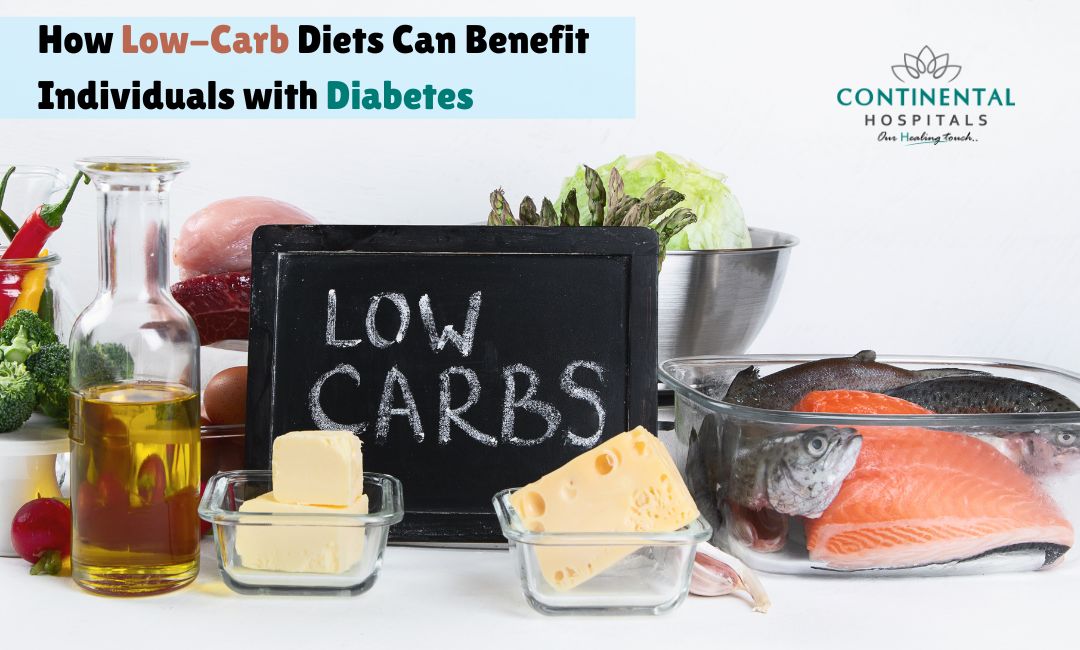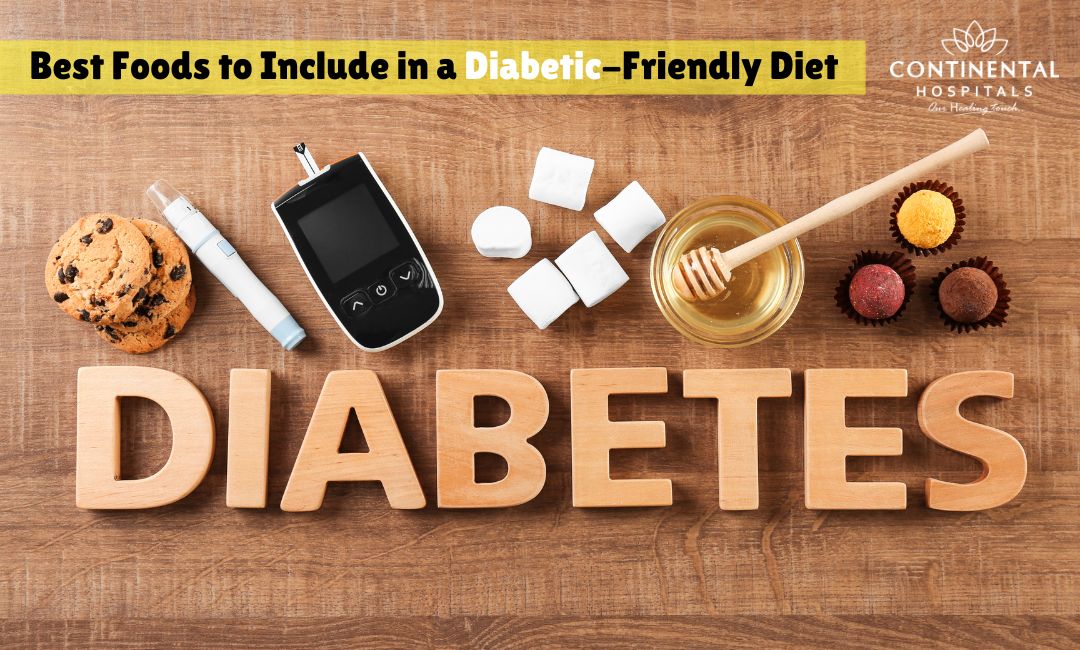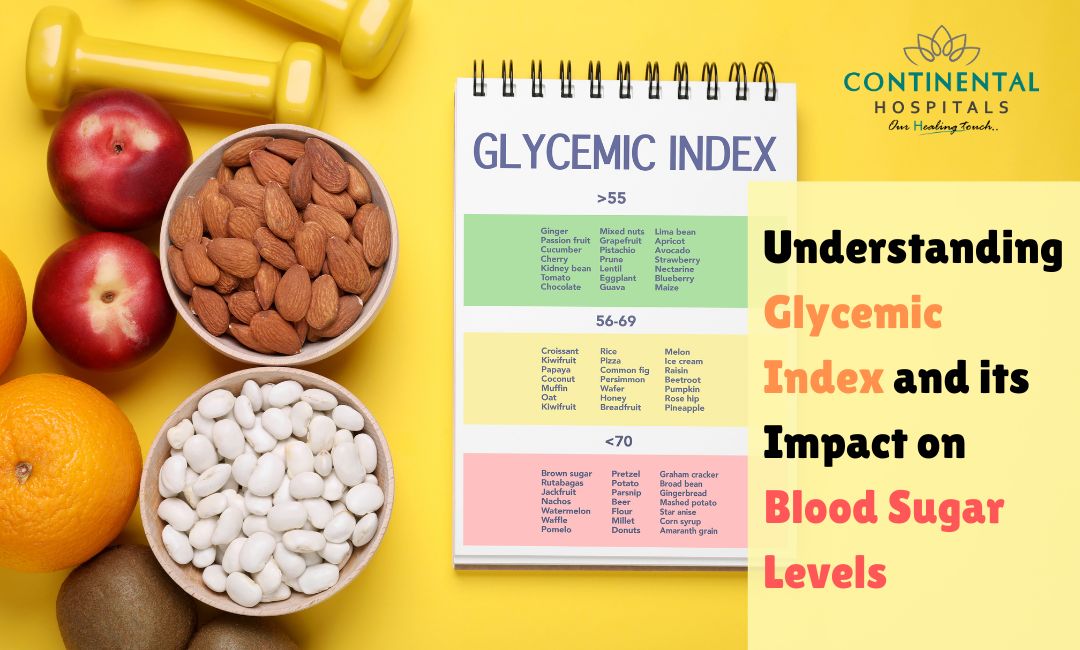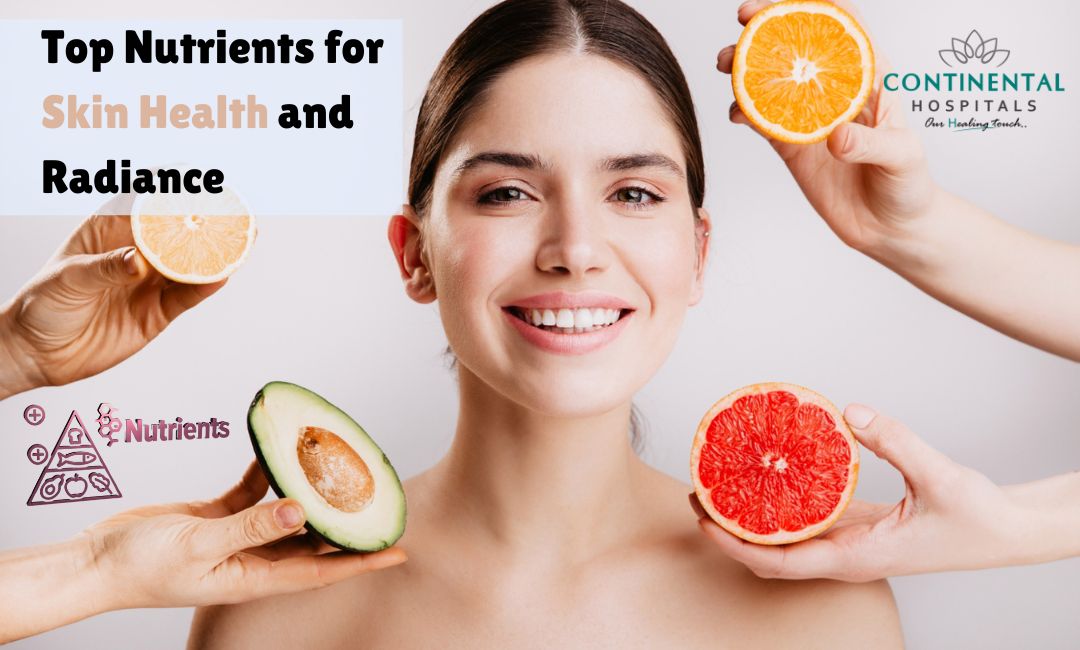In today’s fast-paced world, our food choices are increasingly influenced by convenience, availability, and sometimes sheer necessity. As a result, the types of foods we consume have shifted dramatically over the past few decades. Ultra-processed foods (UPFs) have become ubiquitous, often replacing minimally processed and whole foods in our diets. Understanding the differences between these categories is crucial for making informed dietary choices that support our health and well-being.
Understanding Food Processing Levels
Food processing refers to the transformation of raw ingredients into consumable food products. The extent and purpose of processing vary widely, leading to different classifications:
Whole Foods: These are natural foods that are either unprocessed or minimally processed. Examples include fresh fruits, vegetables, nuts, seeds, whole grains, and animal products such as eggs and fresh meat.
Minimally Processed Foods: These foods have undergone slight alterations primarily for preservation, safety, or convenience. Processes include washing, peeling, chopping, freezing, and pasteurization. Examples include frozen vegetables, pre-cut fruits, and pasteurized milk.
Ultra-Processed Foods: These are formulations of ingredients, often created through industrial processes. They typically contain little to no whole foods and are laden with additives such as preservatives, sweeteners, colorings, flavorings, and emulsifiers. Examples include soft drinks, packaged snacks, instant noodles, and some ready-to-eat meals.
The Nature of Whole Foods
Whole foods are the foundation of a healthy diet. They are packed with essential nutrients like vitamins, minerals, fiber, and antioxidants. Since they are consumed in their natural state, they provide numerous health benefits:
Nutrient Density: Whole foods are rich in essential nutrients necessary for overall health. For instance, fruits and vegetables are high in vitamins C and A, potassium, and fiber.
Natural Fiber: Whole grains, fruits, and vegetables are excellent sources of dietary fiber, which aids digestion, helps control blood sugar levels, and reduces the risk of chronic diseases.
Lower Caloric Density: Whole foods tend to be less energy-dense, meaning they provide fewer calories relative to their volume. This helps in maintaining a healthy weight.
Antioxidants and Phytochemicals: These compounds, found abundantly in whole foods, help combat oxidative stress and inflammation, reducing the risk of chronic diseases such as cancer and heart disease.
The Role of Minimally Processed Foods
Minimally processed foods undergo slight modifications to extend their shelf life or enhance their convenience without significantly altering their nutritional profile. The benefits of these foods include:
Convenience: Pre-cut vegetables, frozen fruits, and pre-cooked grains save time and effort, making it easier to incorporate healthy foods into daily meals.
Nutritional Preservation: Processes like freezing and pasteurization help preserve the nutrient content of foods, allowing for longer storage without significant nutrient loss.
Safety: Some minimal processing techniques, such as pasteurization, help eliminate harmful bacteria and pathogens, ensuring food safety.
Minimally processed foods serve as a practical option for those seeking the benefits of whole foods with added convenience.
The Concerns with Ultra-Processed Foods
While ultra-processed foods offer convenience and often have a long shelf life, they come with several health concerns due to their composition and the nature of their processing:
High Caloric Density: UPFs are typically high in added sugars, unhealthy fats, and refined carbohydrates, leading to high caloric content with low satiety. This can contribute to weight gain and obesity.
Low Nutrient Density: These foods often lack essential nutrients and are poor sources of vitamins, minerals, and fiber. Consuming them in place of whole foods can lead to nutrient deficiencies.
Additives and Preservatives: UPFs contain various additives, such as artificial flavors, colors, and preservatives, some of which may have adverse health effects when consumed in large quantities over time.
Health Risks: Regular consumption of ultra-processed foods is linked to various health issues, including cardiovascular disease, type 2 diabetes, and certain cancers. The high levels of added sugars, sodium, and unhealthy fats in these foods contribute to these risks.
Comparing Nutritional Profiles
To better understand the differences, let’s compare the nutritional profiles of a typical whole food, minimally processed food, and an ultra-processed food.
Apple (Whole Food):
- Calories: 95
- Fiber: 4 grams
- Natural Sugars: 19 grams
- Vitamins: Rich in Vitamin C, A, and potassium
Unsweetened Applesauce (Minimally Processed):
Calories: 50 (per half-cup serving)
Fiber: 1.5 grams
Natural Sugars: 11 grams
Vitamins: Lower in Vitamin C due to processing, but still present
Apple Flavored Snack Cake (Ultra-Processed):
Calories: 250
Fiber: <1>Added Sugars: 20 grams
Vitamins: Minimal, mostly added artificially if present
This comparison highlights how processing impacts the nutritional quality of food, with whole foods offering the best nutrient profile and ultra-processed foods often lacking essential nutrients while being high in unhealthy components.
Making Healthier Choices
Given the significant differences in nutritional quality and health impacts, making conscious choices about the types of foods we consume is vital. Here are some tips for incorporating more whole and minimally processed foods into your diet:
Prioritize Whole Foods: Fill your plate with fruits, vegetables, whole grains, lean proteins, and nuts. These foods should form the bulk of your diet.
Read Labels: When buying packaged foods, scrutinize the ingredient list. Aim for products with fewer ingredients and those that are closer to their natural form.
Cook at Home: Preparing meals from scratch allows you to control the ingredients and avoid unnecessary additives. Simple cooking methods like baking, steaming, and grilling help retain the nutritional quality of foods.
Plan Ahead: Prepare meals and snacks in advance to avoid the temptation of ultra-processed convenience foods. Batch cooking and freezing portions can save time and ensure you have healthy options readily available.
Educate Yourself: Understanding the impact of food processing on health can empower you to make better dietary choices. Seek reliable sources of information and stay informed about nutrition.
Conclusion
The distinction between ultra-processed, minimally processed, and whole foods is crucial for understanding the impact of our dietary choices on health. While ultra-processed foods offer convenience, their consumption is associated with numerous health risks due to poor nutritional quality and high levels of additives. On the other hand, whole and minimally processed foods provide essential nutrients, fiber, and health benefits that support overall well-being.
By prioritizing whole foods and incorporating minimally processed options when necessary, we can enjoy the convenience of modern food technology without compromising our health. Making informed dietary choices is a powerful step towards a healthier lifestyle, ensuring we nourish our bodies with the best possible fuel.
Related Blogs:
.webp)

